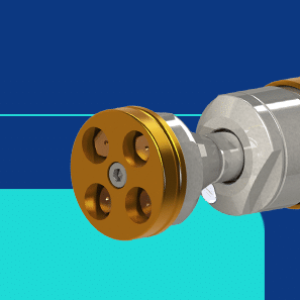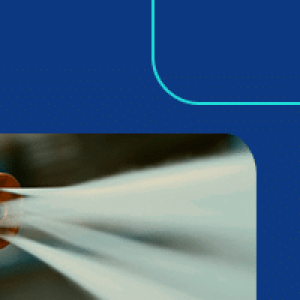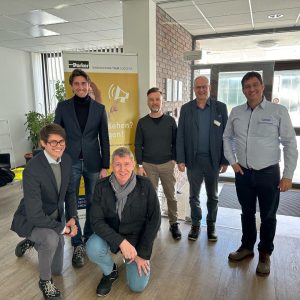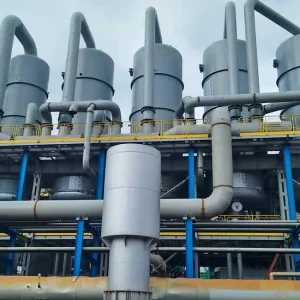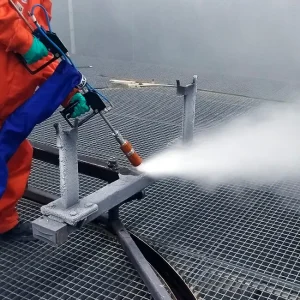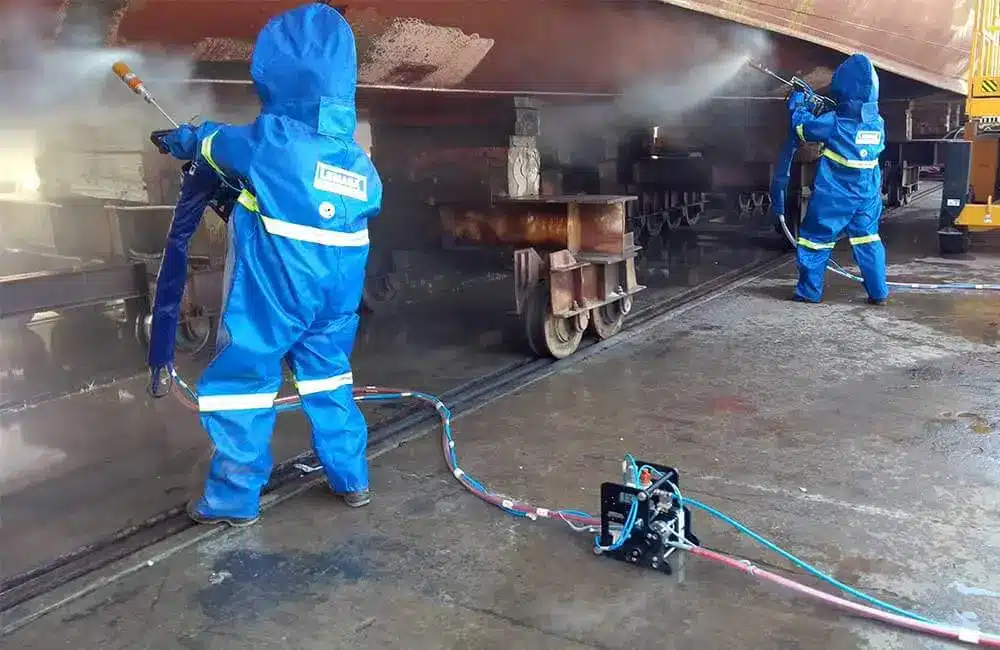
Waterjetting is a powerful cleaning technique that uses high-pressure water to remove impurities and prepare the area for painting. Over the years, surfaces can accumulate dirt and contaminants that can be harmful.
But when performed with the right equipment and accessories, the method is successful in removing insoluble salts, old paint, rust, solid, soluble and insoluble contaminants, and scale.
In fact, the service is the subject of this text, which will reveal its advantages and efficient solutions.
Firstly, before presenting essential items to carry out this work, we want to highlight its greatest advantages.
Without a doubt, one of the great benefits of using hydrojetting to prepare surfaces is that it does not cause damage or wear. Therefore, it only removes layers of paint, rubber, oxidation, dirt and other unwanted materials.
Likewise, by dispensing with the use of abrasives, hydroblasting eliminates the generation of particles in the cleaning process. In this way, it reduces operational costs with the disposal of waste generated during the service, makes the operator’s work easier and, when compared to abrasive blasting, offers 85% greater purity.
Furthermore, the method does not use chemicals, does not promote a roughness profile, has excellent performance, does not produce sparks or sparks and complies with international environmental laws ISO 14000, BS 8000 and ISM CODE.
The disadvantages of other methods
In addition to hydrojetting, there are other techniques that perform surface preparation. However, they can have some disadvantages, as you can see below:
- Sanding: when performed in this manner, the service can damage the structure and even increase labor time due to the need for rework to remove residue that was not eliminated the first time;
- Abrasive blasting: in this case, the service harms productivity and generates rework, as when finishing the process with abrasive blasting, it is necessary to collect the waste generated;
- Mechanical treatment: this method is carried out manually using brushes, sandpaper, scrapers and other tools. However, it is not suitable for grade A surfaces, is more expensive than abrasive blasting, is only recommended for small repairs, has low production and its results vary depending on the quality of the workmanship. Furthermore, before painting, it is recommended to complete the treatment by washing with fresh water.
Main contaminants and segments that need the service
After discovering the benefits of hydroblasting and the disadvantages of other methods used for surface preparation, we want to highlight which contaminants most interfere with paint adhesion.
Firstly, there are the visible ones, which are rust, scale, dirt, dust, oil and humidity. Likewise, non-visible dirt can also appear, such as soluble salts.
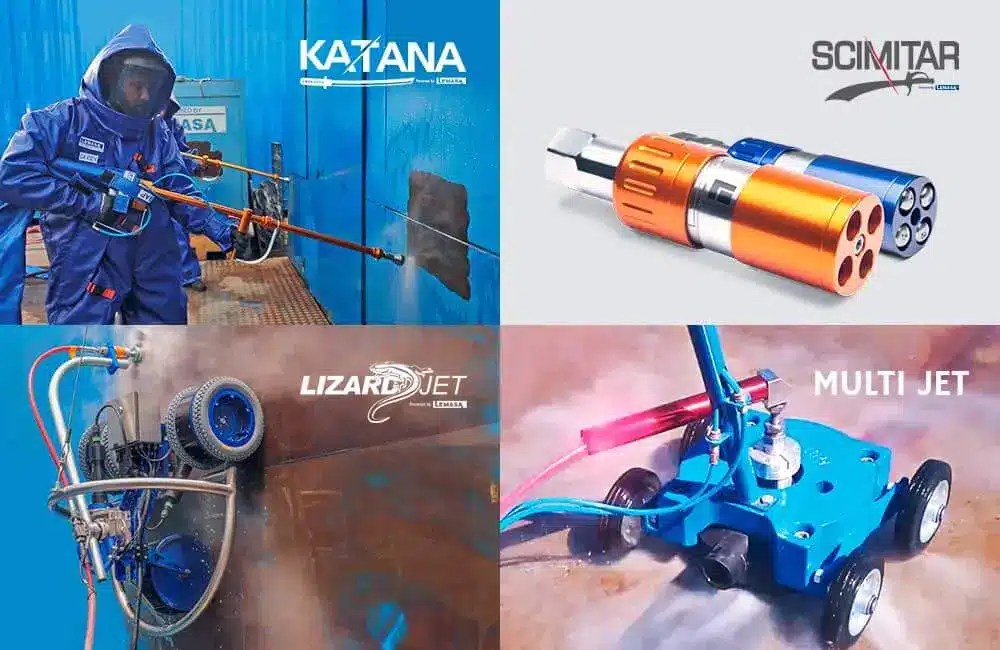
Furthermore, it is important to highlight which segments most need surface preparation. Thus, the service has potential applications in the naval, petrochemical, civil construction, automotive and oil platform industries.
In this way, the work involves removing epoxy paint and oxidation, creating a roughness profile to receive a new coat of paint.
Discover the ideal accessories for surface preparation
In fact, after understanding a little more about the method, one of the main questions concerns which equipment can be used to carry it out.
In this case, the ideal option is to opt for Ultra High Pressure equipment from 2,000 to 2,800 bar (30,000 to 40,000 psi).
However, to determine the appropriate pressure for the job, it is necessary to analyze some factors, such as debris present on the surface and the degree of oxidation of the equipment.
However, some accessories are capable of performing the task with total precision.
So, now that you know the importance of this service and its applications, it’s time to check out items that can offer the best results in surface preparation.
Katana
Firstly, among some of the essential products for carrying out hydrojetting to prepare surfaces is Katana.
It is a gun with a pneumatically operated rotary lance, with double trigger and nozzle holder for 04 or 06 sapphire inserts.
Additionally, the item has a rotation speed of 3,000 rpm and its maximum pressure is 3,100 bar (45,000 psi).


